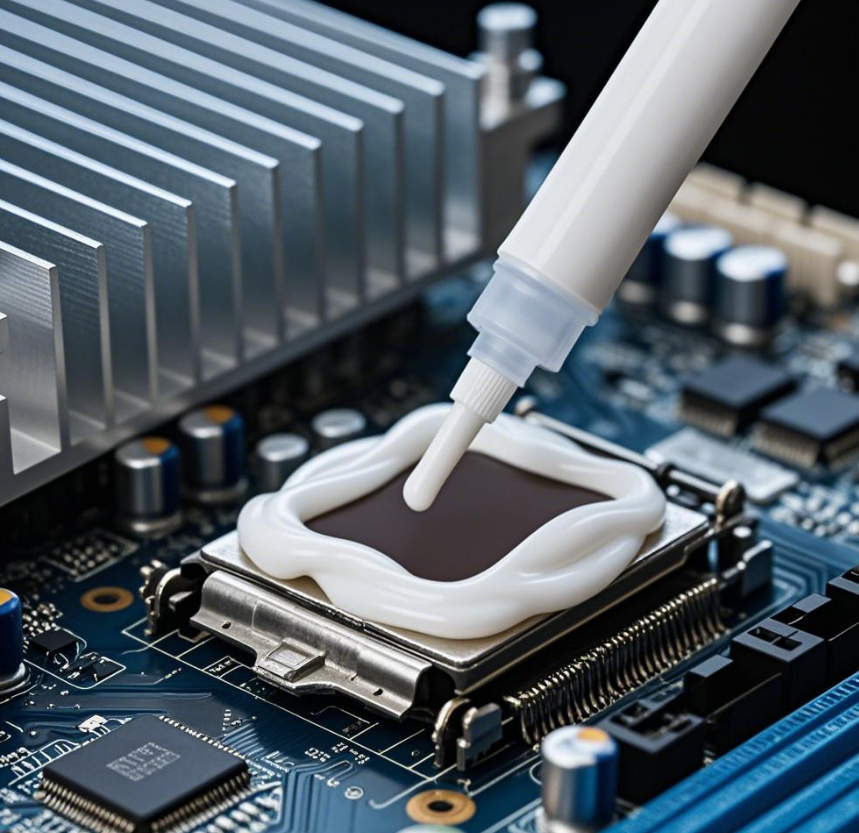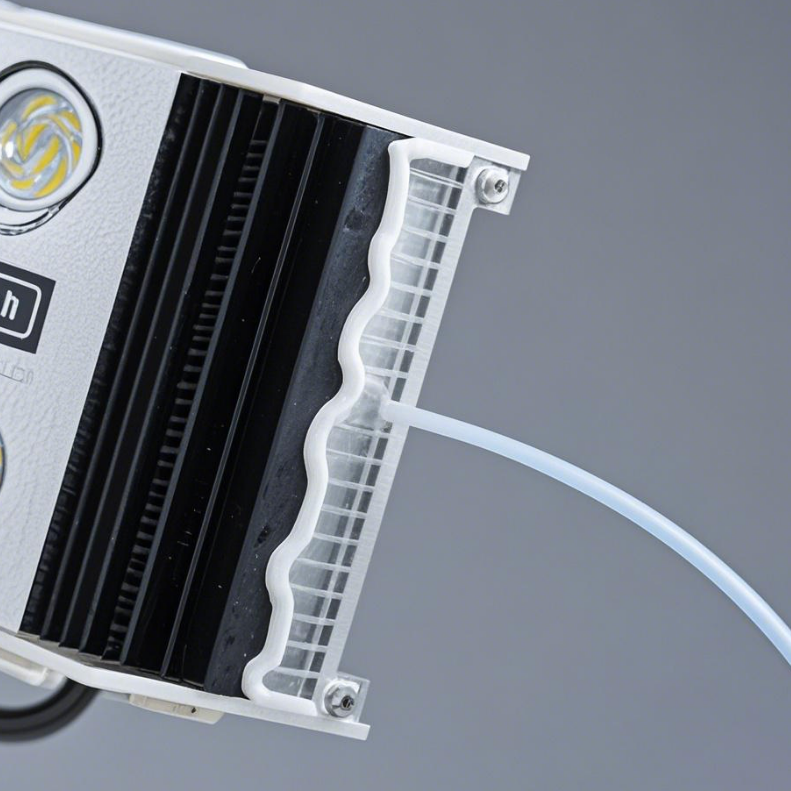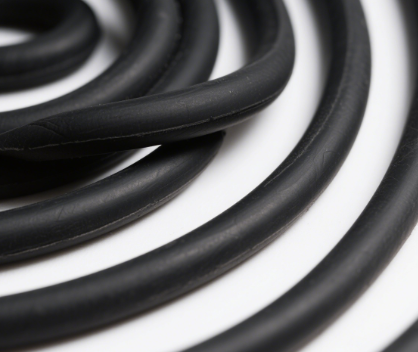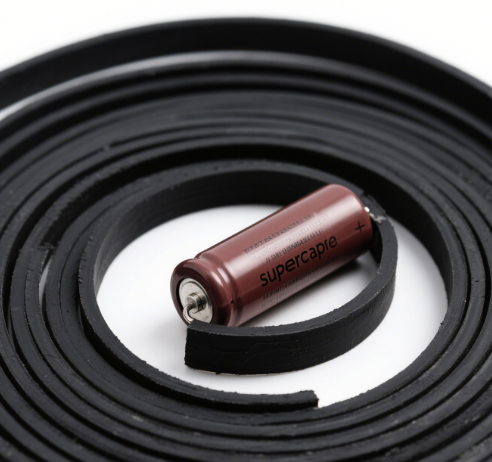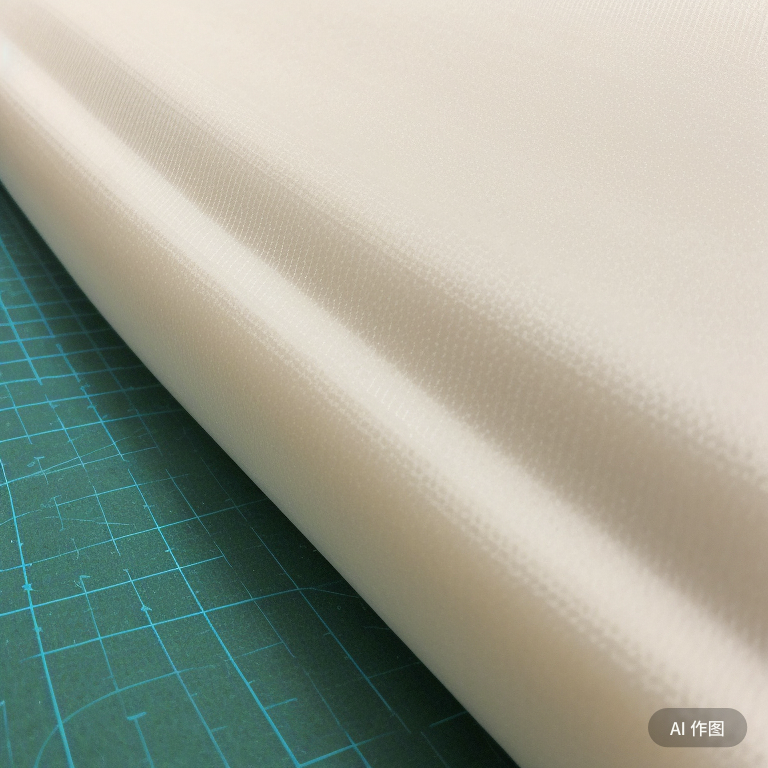Summary Report on the Design of Thermal Conductive Adhesive for Heat Dissipation and Bonding on the Back of Electronic Radiators
As an electronic engineer, this report delves into the design requisites and considerations for applying thermal conductive adhesives in heat dissipation and bonding scenarios on the rear of electronic radiators.
Thermal Conductive Sealant
The thermal conductive sealant is of paramount importance in this application. It must exhibit high thermal conductivity to effectively transfer heat from electronic components through the radiator. An ideal thermal conductive sealant should have a thermal conductivity coefficient of no less than [2] W/(m·K). This ensures that the heat generated by electronic devices can be rapidly conducted away, thereby reducing component temperatures.
Besides high thermal conductivity, the sealant must possess excellent adhesion characteristics. It needs to firmly bond the radiator to the electronic device, withstanding diverse mechanical stresses during normal operation. The adhesive’s shear strength should comply with industry standards, not falling below [1.5] MPa, to guarantee a long – term and reliable connection.
- Temperature Rise of Electronic Products
The utilization of thermal conductive adhesives has a direct bearing on the temperature rise of electronic products. Through theoretical computations and practical tests, when a thermal conductive adhesive with suitable performance is employed, the temperature rise of key electronic components can be effectively restricted within a reasonable range. For instance, in a typical high – power electronic device, without proper thermal management, the CPU temperature may increase by 30 – 40 °C under full – load operation. However, after using a high – quality thermal conductive adhesive, the temperature rise can be mitigated to 15 – 20 °C, significantly enhancing the product’s stability and reliability.
- High and Low Temperature Shock
Electronic products frequently need to function in environments with substantial temperature variations. The thermal conductive adhesive utilized must be capable of enduring high and low temperature shocks. During high – temperature shock tests (such as rapidly heating from room temperature to 85 °C and then rapidly cooling to – 40 °C), the adhesive should not crack, delaminate, or lose its adhesive and thermal conductivity properties. After multiple cycles of high and low temperature shock tests, the thermal conductive adhesive’s performance should still meet the design specifications, ensuring the normal operation of electronic products in harsh environments.
- Lifespan Requirement
The designed thermal conductive adhesive and the overall heat dissipation and bonding system must meet a lifespan requirement of over ten years. To accomplish this, adhesive materials are selected from high – quality raw materials with good aging resistance. Accelerated aging tests are conducted, simulating ten – year – equivalent environmental conditions in a shorter time frame. These tests encompass long – term high – temperature storage tests (storing at 70 °C for a specific duration), humidity resistance tests (in a high – humidity environment of 85% RH at 85 °C), and thermal cycling tests. Through these tests, it is verified that the thermal conductive adhesive can maintain its performance stability and reliability over an extended period, fulfilling the long – lifespan requirement of electronic products.
In summary, designing thermal conductive adhesives for heat dissipation and bonding on the back of electronic radiators demands comprehensive consideration of multiple factors, including the performance of thermal conductive sealants, control of product temperature rise, resistance to high and low temperature shocks, and long – term lifespan requirements. Only by optimizing each aspect can we offer dependable thermal management solutions for electronic products.
-
2025-04-17 / BLOGS
-
2025-04-17 / BLOGS
-
2025-04-17 / BLOGS
-
2025-03-29 / BLOGS













